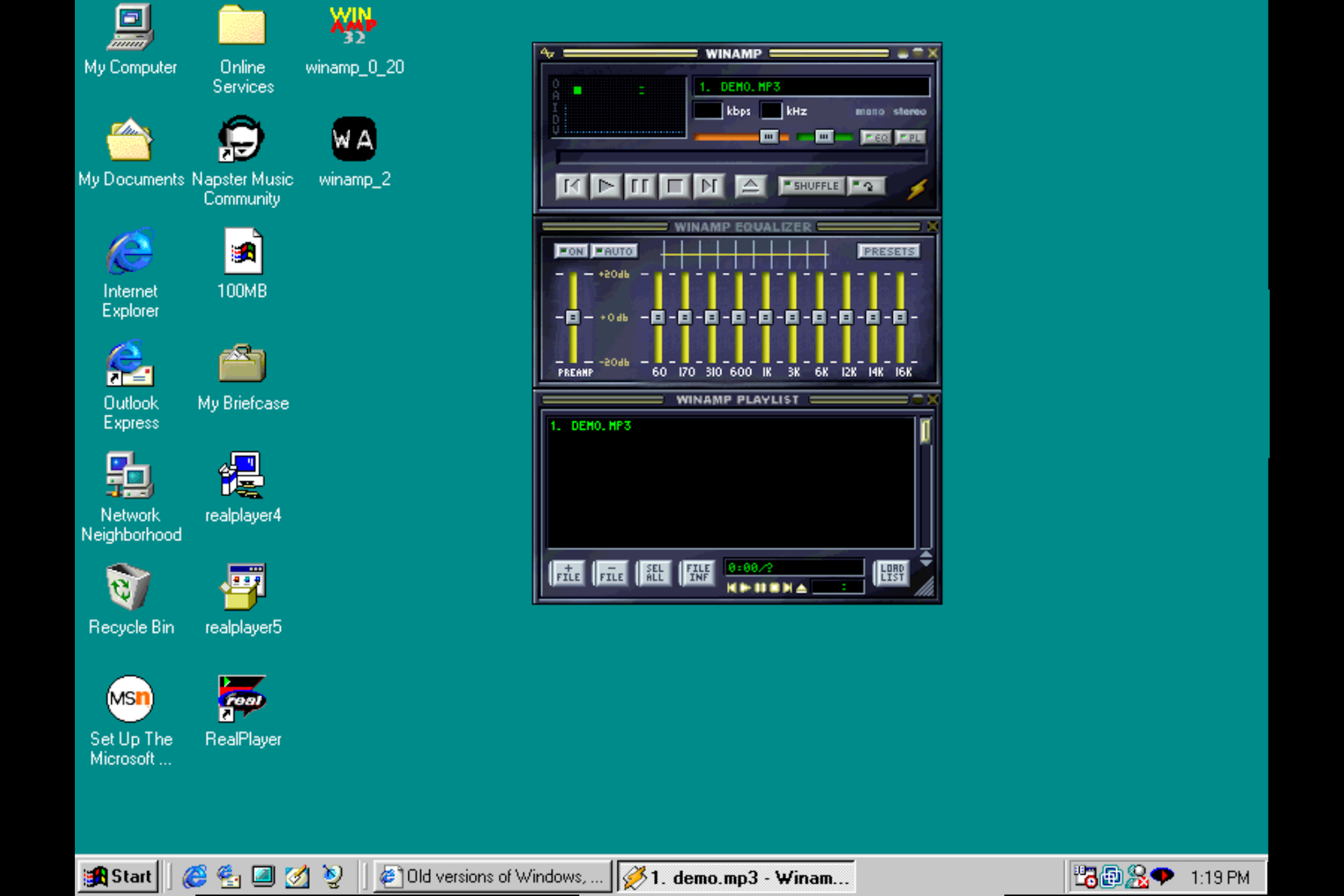This week nearly saw two secret spaceplanes launched within days of each other. After ground systems concerns and then weather delays, the US Department of Defense’s X-37B vehicle had its OTV-7 launch on the Falcon Heavy USSF-52 mission scrubbed from its initial planned attempt on Dec. 11. Starlink Group 6-34 was also scrubbed that same day and again a day later due to high-level ground winds, during what turned out to be quite a volatile week for planned launches.
As we go to press, a double header looks to be back on, this time on the evening of Dec. 28 with both a Falcon Heavy and a different Falcon 9 launch scheduled within five hours of each other. If the current schedule stays as-is, this Falcon 9 flight, Starlink Group 7-9, will be SpaceX’s 300th mission and poignantly its last of this year.
China launched two of its tallest active rockets this week within a fraction over 24 hours of each other. The Chang Zheng 2F/T launched China’s own equally secretive CSSHQ spaceplane on Dec. 14 for its third flight. This was followed the next day by the first and only launch this year of a Chang Zheng 5 carrying the Yaogan 41 reconnaissance satellite from the Wenchang space launch center into a high elliptical orbit.
At 52 and 57 meters tall, respectively, these are beaten in height by the less frequently flown Chang Zheng 2F/G at 58.3 meters. This is next slated to launch the crewed Shenzhou 18 mission to the Tianhe core module of the Tiangong space station in May next year.
A third Chinese mission launched another experimental craft three days later when a Hyperbola 1 Y7 took a reusable cargo spacecraft on its first orbital test for AZSPACE’s DEAR-1 mission. Conical in shape, this craft is designed to take up to 300 kilograms for up to a year in orbit. The Hyperbola rocket family has been a focus this last week following the release of video from the Hyperbola-2Y hop test, and pathfinding for the planned reusable Hyperbola 3 vehicle.
r o l l b a c k
SpaceX personnel at LC-39A prepare Falcon Heavy for rollback into the HIF – additional work is needed before launch.
📸 – @NASASpaceflight pic.twitter.com/COicRHUsbY
— Max Evans (@_mgde_) December 13, 2023
With the delays to both the USSF-52 and Starlink 6-34 missions the SpaceX goal of 100 launches this year has shifted from being tight to unobtainable. Nonetheless, its record number of launches and overall achievement has been incredible, including its 200th successful droneship landing with Starlink Group 7-8 just a couple of weeks ago. As things currently stand, it will have achieved 98 Falcon missions this year.
Its ambitious goal of 144 intended launches next year implies an increased cadence that would average 12 per month. Achieving this also requires an increase in return-to-launch site (RTLS) missions, including Starlink missions with an optional RTLS profile.
The delayed Starlink Group 6-34 finally launched on Dec. 17 at 11:01 PM EST (04:01 UTC on Dec. 18), lifting another 23 Starlink V2 Mini satellites into low-Earth orbit.
Elsewhere, Rocket Lab’s Electron launched “The Moon God Awakens” mission on Dec. 15, the third in a planned series of 36 synthetic aperture radar (SAR) satellites for iQPS, and Rocket Lab’s first for this customer. The satellite will use radar to map the Earth every 10 minutes, in all weather conditions, including through clouds. This was Rocket Lab’s tenth and final launch of the year following a short pause in flights after the unexpected anomaly during the “We Will Never Desert You” mission in September.
A Soyuz-2.1b rocket launched the second of ten planned satellites in the Arktika-M meteorological constellation on Dec. 16. This will utilize a highly elliptical Molniya orbit to maximize its time monitoring the higher latitudes of the Arctic region, while also providing emergency rescue communications capacity.
This busy week in space also saw three days of delay in the undocking of Cargo Dragon CRS-29 due to weather. It finally left the Harmony module of the ISS on Dec. 15, following a one-month stay, after which it splashed down off the coast of Florida.
On Dec. 18, Blue Origin’s uncrewed NS-24 mission launched at 10:43 AM CST (16:43 UTC) from Launch Site One at its West Texas spaceport. This was the first launch of New Shepard in over 15 months since the failure of an engine nozzle on the uncrewed NS-23 mission triggered an auto-abort on Sept. 12, 2022.
The vehicle was subsequently grounded until the FAA concluded its investigations this September citing 21 corrective actions. 33 science and research payloads and other cargo are also on board, including 38,000 postcards sent to Blue Origin’s “Club For The Future” which will be returned to their senders, stamped “Flown to Space,” as keepsakes.
LAUNCH! New Shepard Return To Flight (uncrewed).
Overview:https://t.co/EMspknqAYE
Livestream:https://t.co/yZ3QqTD5Ij pic.twitter.com/1xoS6cNIsB
— Chris Bergin – NSF (@NASASpaceflight) December 19, 2023
On Dec. 20 at 9:18 AM PST (17:18 UTC), Firefly will launch its Alpha vehicle on the “Fly the Lightning” mission from SLC-2W at Vandenberg Space Force Base, in California. This mission will place Lockheed Martin’s new wideband electronically steerable antenna (ESA) integrated onto the Terran orbital nebula satellite bus.
Massing in the hundreds of kilograms, this payload will be used to demonstrate ESA’s fast on-orbit sensor calibration and deliver these rapid capabilities to the United States warfighters. It is expected that this payload is calibrated in a fraction of the amount of time that traditional payloads take, but little info has been given so far.
Soyuz 2.1a | Cosmos (Unknown Payload)
On Dec. 21, at 08:00 UTC, Russia will launch an unknown payload from the Plesetsk Cosmodrome, in Russia. The payload will be placed into a Sun-synchronous orbit.
Falcon 9 Block 5 | SARah 2 & 3
Squeezing into the schedule just before the weekend, and is due to lift off from SLC-4E at Vandenberg on Dec. 22 at 4:56 AM PST (12:56 UTC).
The booster has not yet been declared but will be landing back at LZ-4. Details of the mission are scarce as this is a secretive government project.
The pair of remote sensing satellites have been built by Airbus for the German military and use synthetic aperture radar (SAR) technology. They will be placed into a sun-synchronous orbit where they are intended to fly in formation with their predecessor SARah 1, building out the SAR-Lupe constellation.
Falcon 9 Block 5 | Starlink Group 6-32
On Friday, Dec. 22 at 11:00 PM EST (04:00 UTC on Dec. 23), SpaceX will launch yet another 23 Starlink v2 Mini satellites into low-Earth orbit from SLC-40. As usual for these group six missions, the second stage will conduct two burns to reach the planned 285 by 293-kilometer initial low-Earth orbit. Over the coming weeks, the satellites will undergo checkouts, and raise their orbit to the 530-kilometer circular orbit at 43.00 degrees.
Soyuz 2.1v/Volga | Cosmos (Unknown Payload)
On Dec. 26 at 18:00 UTC, Russia will launch an unknown payload atop a Soyuz 2.1v/Volga rocket. This mission will lift off from Site 43/4 at the Plesetsk Cosmodrome, in Russia.
Also due in the final days of 2023 are the XPoSat mission to be launched on a PSLV-DL from the First Launch Pad at the Satish Dhawan Space Centre in India.
This is its first dedicated X-Ray Polarimeter mission to study various bright astronomical sources in extreme conditions and consists of two payloads massing 480 kilograms, which will be deployed into low-Earth Orbit to perform spectroscopy and polarimetry.
The mission is scheduled to launch on Dec. 27 at 9:00 PM EST (02:00 UTC on Dec. 28).
XPoSat ahead of launch. (Credit: ISRO)
At this time the revised launch date for this mission carrying the X-37B is Dec. 28 7:00 PM EST (00:00 UTC on Dec. 29) giving us, once again, the prospect of a double header launch with a Falcon 9 also lifting off two hours later from the West coast.
This will be the fifth and final Falcon Heavy launch of the year, and the first time it has flown this secret spaceplane. It’s the fourth flight for the X-37B Vehicle 2 itself, which previously flew on the OTV-2, OTV-4, and OTV-5 missions.
Its sibling Vehicle 1 is the craft that spent the record 908 days in orbit on OTV-6 but Vehicle 2 spent an impressive 779 days on OTV-5 and, to date, every mission has exceeded the length of its predecessor.
While details of its target destination are classified, we can surmise from the lack of a grey thermal protection stripe on the second stage that the mission is will not be inserting its payload into a geosynchronous orbit (which would require extra flight time and this stripe to help maintain propellant temperature), nor is it heading due east. One possibility is that it could be destined for a highly inclined, highly elliptical orbit.
Side boosters B1064-5 and B1065-5 will be supporting this mission and will both return for a landing at LZ-1 and LZ-2, while the center core B1084 will be expended. These side boosters are due to be expended on its next Falcon Heavy mission, Europa Clipper, next October.

Falcon Heavy launching on the Psyche mission. (Credit: SpaceX)
Falcon 9 Block 5 | Starlink Group 7-9
Delayed from a planned Dec. 15 launch, this mission will now fly in the evening on Dec. 28 at 9:09 PM PST (05:09 UTC on Dec. 29) from SLC-4E at Vandenberg Space Force Base. This flight will carry only 21 Starlink V2 Mini satellites into low-Earth orbit.
The booster for this mission will be B1082 on its inaugural flight; it is expected to land on the droneship Of Course I Still Love You.
As with all missions for this particular shell of the constellation (“Group 7”), this mission will send the satellites on a southeastern trajectory into an initial orbit of 286 x 295 kilometers at a 54-degree inclination, raising later to a circular 530 kilometers.
With no further schedule adjustments, this flight would be SpaceX’s 300th overall mission and its 96th of 2023.
After some schedule reshuffling following scrubs earlier in the week, this communications satellite massing 1,500 kilograms for the privately funded Swedish/US Ovzon company is due to launch now on Dec. 22 at 4:46 PM EST (21:46 UTC) from SLC-40 at Cape Canaveral Space Force Station.
The satellite is declared to be the most powerful satellite to be placed into geostationary orbit (GEO), taking three to four months to transition to an orbit inclined by 59.7 degrees east and with an apogee of 36,000 kilometers.
It has been in development since late 2018 in response to increased demand in under-served regions for mobile broadband connectivity. Using a combination of patented high-power beams and smart software, Ovzon-3 will be able to cover a third of the Earth from that vantage point with its steerable spot beams.
The booster for this mission has not yet been declared but is planned to return to the landing site for an early morning touchdown at LZ-1. This is uncommon as there’s not usually sufficient propellant to land anywhere other than a drone ship for transfers to GEO, so we anticipate SpaceX has been streamlining, with the mission possibly seeing a tweaked burn profile like on Crew-7 and Starlink 6-24 recently.
(Lead image: Falcon Heavy ready to launch X-37B. Credit: Max Evans for NSF.)

Michael Johnson is a tech enthusiast with a passion for all things digital. His articles cover the latest technological innovations, from artificial intelligence to consumer gadgets, providing readers with a glimpse into the future of technology.








